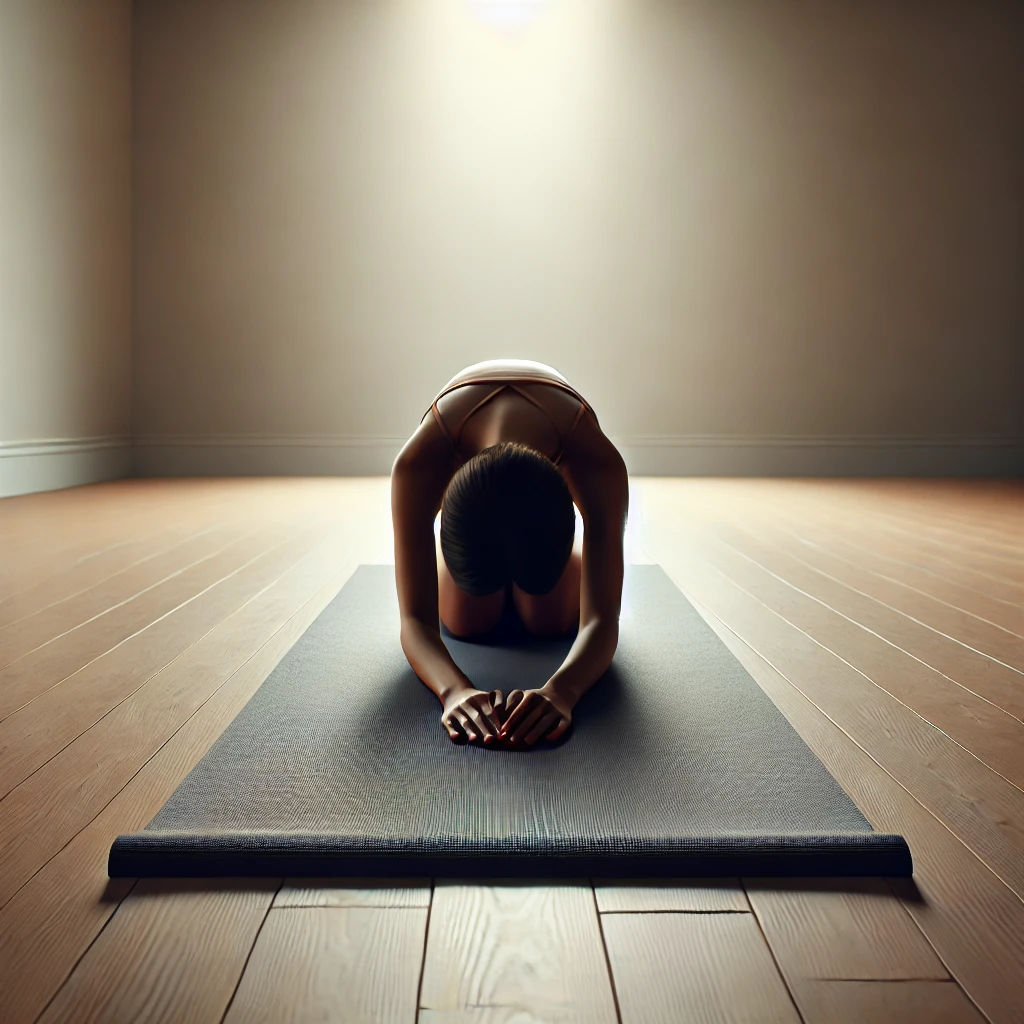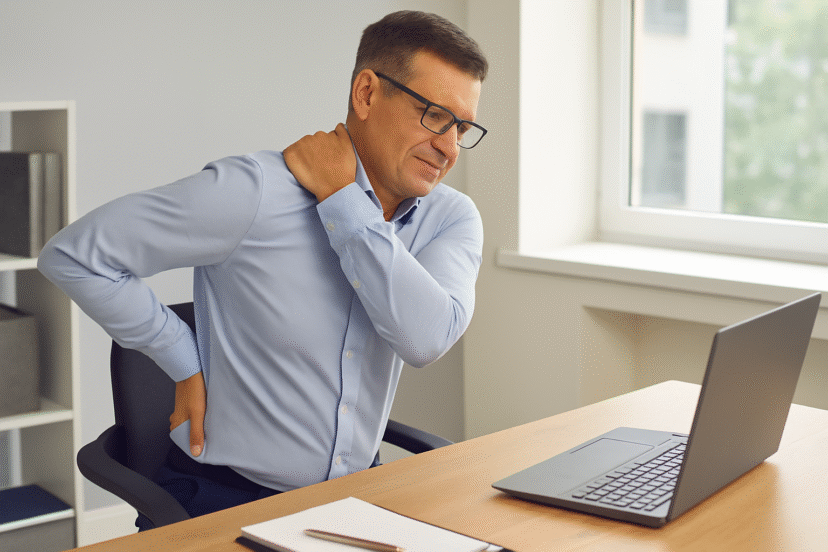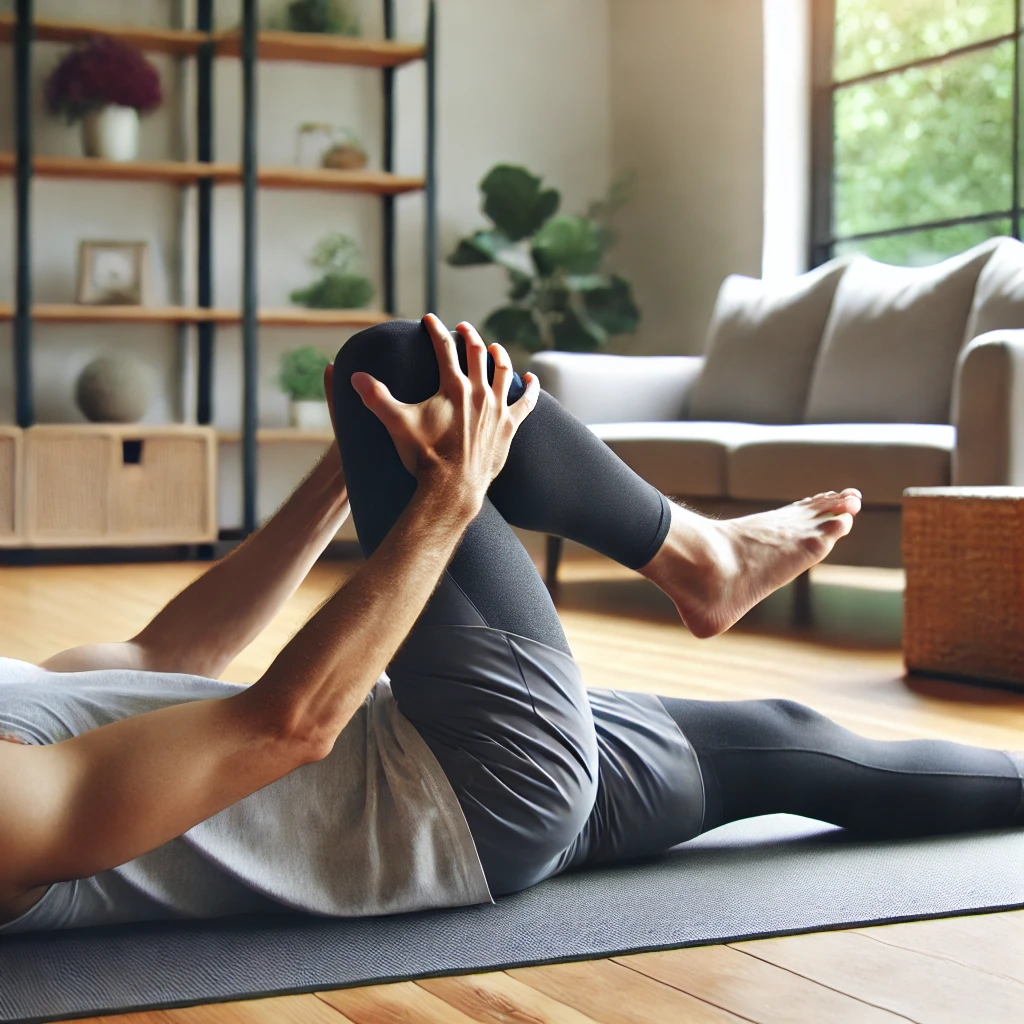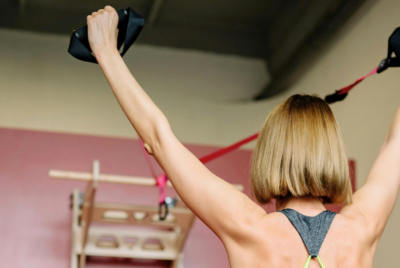Upper Back Pain : Relieving Back Tension
The Truth About My Upper Back Pain and What Finally Helped
Upper back pain was never something I thought I’d deal with. I mean, I was young, active, and relatively healthy — so why would my back feel like it belonged to someone twice my age? Turns out, your body doesn’t care about your assumptions. When it’s tired of poor posture, stress, and bad habits, it lets you know. Loudly. This article is my personal journey from chronic stiffness and frustration to finally finding relief. And if it helps even one person skip a year of failed treatments, it’ll be w…
My Pain Story – Where It All Began
Early Warning Signs
It started as a dull ache between my shoulder blades. I assumed it was muscle soreness from working out — or maybe sleeping weird. But over time, that ache grew teeth. I began waking up sore, struggling to sit through work meetings, and eventually, I couldn’t finish a movie on the couch without shifting 20 times.
Ignoring the Symptoms
I brushed it off. I stretched inconsistently, popped the occasional ibuprofen, and convinced myself I was just “tense.” Big mistake. That ignorance cost me months of mobility and sleep.
My Failed Attempts at Relief
OTC Meds and Temporary Fixes
Over-the-counter pain relievers became my crutch. They masked the pain but didn’t solve it. In fact, they made me overconfident, which led to more strain.
The Chiropractor Hype
I tried a chiropractor. He cracked, twisted, and pulled. It felt great… for about 20 minutes. Then the pain returned. Weekly visits drained my wallet without fixing the root cause.
Expensive Tools That Didn’t Help
I dropped cash on a $300 back massager that was too bulky to use regularly. I even tried magnetic posture straps — spoiler: they do nothing.
The Turning Point
A Wake-Up Call I Couldn’t Ignore
One morning I woke up and physically couldn’t raise my arms above my head. My back was screaming. That’s when I stopped trying random things and started doing real research.
Committing to Change
I began a daily log — tracking my pain levels, posture, sleep quality, and activity. Patterns emerged. Sitting too long, slouching while texting, and poor sleep posture were my triggers.
My Personal Routine That Worked
Morning Mobility and Stretching
Every morning, I committed 15 minutes to stretches targeting the thoracic spine and shoulders. Child’s pose, cat-cow, wall angels — they became my ritual.
Standing Desk Setup
I bought a FlexiSpot E7 standing desk. Life-changing. I alternated standing and sitting every hour using preset heights. Combined with a footrest and ergonomic keyboard, I felt more upright in days.
Foam Rolling Ritual
My foam roller became my nightly companion. I rolled out my spine and shoulders religiously, especially after long workdays.
The Massage Gun Verdict
Massage guns aren’t gimmicks — if used correctly. I reviewed both the Theragun Mini and Renpho. The Theragun was stronger, but Renpho offered insane value. I rate it 4.6/5 for home use.
Tools I Swear By (and Why)
Top 3 Game-Changers
- Foam Roller – Instant relief, affordable, and easy to use.
- Adjustable Pillow – The Coop Home Goods pillow saved my neck and upper back.
- Standing Desk – Expensive? Yes. Worth it? 100%.
Sleep Setup – The Missing Puzzle Piece
My Pillow Fix
Swapping my pillow changed my life. I went with the Coop adjustable memory foam. Customizable height = proper neck alignment.
Sleep Position Tips
I trained myself to sleep on my back using a pillow under my knees. Side sleeping with a support pillow between my arms and knees also helped.
The Role of Stress and Breathwork
Turns out, stress tightens your back like a vice. I started doing 5-minute box breathing twice a day. My pain levels dropped noticeably.
What I Wish I Knew Sooner
1) Don’t wait for pain to become chronic. 2) Movement matters more than money. 3) Track everything. It’s the fastest way to understand your triggers.
Product Reviews and Ratings
- Foam Roller: 4.8/5 – Inexpensive and effective.
- Massage Gun: 4.6/5 – Great for deep knots and travel.
- Posture Corrector: 4.5/5 – The Upright GO 2 kept me aware and aligned.
Lifestyle Tips That Made a Difference
Drink water. Take breaks. Use timers. Walk after meals. Open your chest when you sit. Breathe deeply. These sound basic — but they’re powerful.
Progress Timeline – Week by Week
- Week 1: Light stretching and pain tracking.
- Week 2: Switched to ergonomic workspace.
- Week 3: Added foam rolling and massage.
- Week 4: Noticeable improvement in posture and pain levels.
- Week 5–6: Consistency locked it in.
The Maintenance Plan I Follow Today
- Stretch daily – 10 minutes morning and night
- Desk breaks every hour – stand, walk, reset
- Foam roll 5x a week
- Breathwork + magnesium before bed
Common exercises
1. Knee-to-Chest Stretch
Lie on your back with your knees bent and feet flat. Gently pull one knee toward your chest with both hands, keeping the other foot on the floor. Hold for 10 seconds, then switch legs. Repeat 5–10 times per side.
2. Pelvic Tilt
Lie on your back, knees bent, feet flat. Flatten your lower back against the floor by tightening your abdominal muscles and tilting your pelvis upward. Hold for 5 seconds, then relax. Do 10–15 reps.
3. Cat-Cow Stretch
Start on your hands and knees. Inhale as you arch your back and look up (Cow Pose), then exhale as you round your back and tuck your chin (Cat Pose). Repeat slowly for 10 full cycles.
4. Child’s Pose

Kneel on the floor, sit back on your heels, and stretch your arms forward with your forehead resting on the mat. Breathe deeply and hold for 20–30 seconds. Repeat as needed.
5. Bird-Dog
Begin on hands and knees. Extend one arm forward and the opposite leg back, keeping your back flat. Hold for a few seconds, then return and switch sides. Repeat 10 times per side.
Final Thoughts – You’re Not Alone
If you’re reading this and nodding in recognition, I get it. You’re not lazy, weak, or broken. You just need a system that works. Try what worked for me. Tweak what doesn’t. But most of all — keep going.
Real-Life Adjustments That Paid Off
One of the biggest game-changers for me wasn’t a product — it was rethinking how I moved during the day. I used to wait until I felt stiff to get up and stretch. Now, I preempt the pain by scheduling posture resets. Here are a few real-life hacks that worked:
- Posture alarms: I used my smartwatch to buzz every 30 minutes, reminding me to sit tall or take a lap.
- Laptop riser + wireless keyboard: This combo lifted my screen to eye level and let my shoulders relax.
- Calendar hacks: I added 10-minute breaks to my calendar between meetings. Non-negotiable.
- “Walk and talk” calls: Every phone call became a reason to walk around the house or outside.
What I Learned From Physical Therapy
When I finally saw a physical therapist, she didn’t just treat the pain — she educated me. That changed everything. I learned about scapular stability, the role of weak rhomboids, and how my hip positioning was affecting my back. It wasn’t just about stretching — it was about strengthening what was weak. She gave me these three gold-nugget exercises:
- Wall Slides: Stand with your back against a wall, arms at 90 degrees, and slide them up and down. It sounds easy. It’s not.
- Band Pull-Aparts: Great for activating mid-back muscles and improving shoulder alignment.
- Prone T Raises: Laying flat on your stomach, lift your arms out to the sides like a “T.” Hold for 10 seconds. Burn guaranteed.
Food, Inflammation & Recovery
Here’s something I underestimated: diet. Once I started cleaning up what I ate, I noticed less inflammation and stiffness. I didn’t go keto or vegan — I just reduced junk. Here’s what I focused on:
- Anti-inflammatory foods: Berries, salmon, leafy greens, turmeric, ginger
- Hydration: 2.5L of water a day minimum — no exceptions
- Magnesium: I take 400mg of magnesium glycinate at night — helps with muscle recovery and sleep
- Protein: Muscle repair needs it — I upped my intake through whole foods and occasional shakes
The Emotional Side of Chronic Pain
Let’s not pretend pain is just physical. It messes with your mind. I got irritable, anxious, and even depressed when my pain peaked. I wasn’t as present with my family, and I dreaded going to bed because I knew the pain would be waiting. Talking to others helped. So did journaling. Once I wrote down how I was feeling, I started separating my emotions from my physical state — and that made healing feel more achievable.
Podcasts, Apps & Communities That Helped
Knowledge is power. Here are a few digital tools I leaned on:
- Podcast: “Move Your DNA” by Katy Bowman — great on movement patterns
- App: Down Dog Yoga — easy flows for upper back and shoulders
- App: Insight Timer — guided meditations for pain and stress
- Reddit: r/backpain — supportive, relatable community of others fighting the same battle
Reclaiming My Weekends
- One of the best rewards from healing my back?
- I started enjoying weekends again.
- I could garden without pain, go on hikes with my partner, play tag with my niece.
- I wasn’t sidelined by soreness. I felt strong again — and that made every foam roll session worth it.
What I’d Tell My Past Self
- Don’t wait. Pain isn’t just going to disappear if you ignore it.
- Track your habits. Your pain is trying to tell you something.
- You don’t need fancy gear — you need consistency.
- Your body can heal — give it the tools and time.
The Best Investment I Made
If I had to pick one thing that gave me the most value for pain relief, it was the foam roller. $20. That’s it. Daily use. Massive relief. And it didn’t just help my upper back — it helped my hips, my hamstrings, my posture. Easily the best ROI of anything I’ve ever bought for my health.
Real-Life Adjustments That Paid Off
One of the biggest game-changers for me wasn’t a product — it was rethinking how I moved during the day. I used to wait until I felt stiff to get up and stretch. Now, I preempt the pain by scheduling posture resets. Here are a few real-life hacks that worked:
- Posture alarms: I used my smartwatch to buzz every 30 minutes, reminding me to sit tall or take a lap.
- Laptop riser + wireless keyboard: This combo lifted my screen to eye level and let my shoulders relax.
- Calendar hacks: I added 10-minute breaks to my calendar between meetings. Non-negotiable.
- “Walk and talk” calls: Every phone call became a reason to walk around the house or outside.
What I Learned From Physical Therapy
When I finally saw a physical therapist, she didn’t just treat the pain — she educated me. That changed everything. I learned about scapular stability, the role of weak rhomboids, and how my hip positioning was affecting my back. It wasn’t just about stretching — it was about strengthening what was weak. She gave me these three gold-nugget exercises:
- Wall Slides: Stand with your back against a wall, arms at 90 degrees, and slide them up and down. It sounds easy. It’s not.
- Band Pull-Aparts: Great for activating mid-back muscles and improving shoulder alignment.
- Prone T Raises: Laying flat on your stomach, lift your arms out to the sides like a “T.” Hold for 10 seconds. Burn guaranteed.
Food, Inflammation & Recovery
Here’s something I underestimated: diet. Once I started cleaning up what I ate, I noticed less inflammation and stiffness. I didn’t go keto or vegan — I just reduced junk. Here’s what I focused on:
- Anti-inflammatory foods: Berries, salmon, leafy greens, turmeric, ginger
- Hydration: 2.5L of water a day minimum — no exceptions
- Magnesium: I take 400mg of magnesium glycinate at night — helps with muscle recovery and sleep
- Protein: Muscle repair needs it — I upped my intake through whole foods and occasional shakes
The Emotional Side of Chronic Pain
Let’s not pretend pain is just physical. It messes with your mind. I got irritable, anxious, and even depressed when my pain peaked. I wasn’t as present with my family, and I dreaded going to bed because I knew the pain would be waiting. Talking to others helped. So did journaling. Once I wrote down how I was feeling, I started separating my emotions from my physical state — and that made healing feel more achievable.
Podcasts, Apps & Communities That Helped
Knowledge is power. Here are a few digital tools I leaned on:
- Podcast: “Move Your DNA” by Katy Bowman — great on movement patterns
- App: Down Dog Yoga — easy flows for upper back and shoulders
- App: Insight Timer — guided meditations for pain and stress
- Reddit: r/backpain — supportive, relatable community of others fighting the same battle
Reclaiming My Weekends
One of the best rewards from healing my back? I started enjoying weekends again. I could garden without pain, go on hikes with my partner, play tag with my niece. I wasn’t sidelined by soreness. I felt strong again — and that made every foam roll session worth it.
What I’d Tell My Past Self
- Don’t wait. Pain isn’t just going to disappear if you ignore it.
- Track your habits. Your pain is trying to tell you something.
- You don’t need fancy gear — you need consistency.
- Your body can heal — give it the tools and time.
The Best Investment I Made
If I had to pick one thing that gave me the most value for pain relief, it was the foam roller. $20. That’s it. Daily use. Massive relief. And it didn’t just help my upper back — it helped my hips, my hamstrings, my posture. Easily the best ROI of anything I’ve ever bought for my health.
FAQs
Q1: Can upper back pain go away completely?
Yes, but it takes consistency and lifestyle changes — not just quick fixes.
Q2: Is stretching better than massage?
Both help, but stretching builds long-term flexibility while massage offers quick relief.
Q3: Are posture correctors safe?
If used short-term to build awareness, yes. Don’t become dependent on them.
Q4: How long should I stand per day at a desk?
I alternate every 45–60 minutes. Standing all day isn’t good either.
Q5: Is it too late to fix my posture?
Never. Start today. Small changes = big results over time.
*We may earn a commission from purchases made through our links, at no cost to you. This does not affect our product recommendations. Please see our disclosure to learn more.
![Urban Health Hive]](https://urbanhealthhive.com/wp-content/uploads/2023/05/cropped-cropped-Health_Logo.png)




